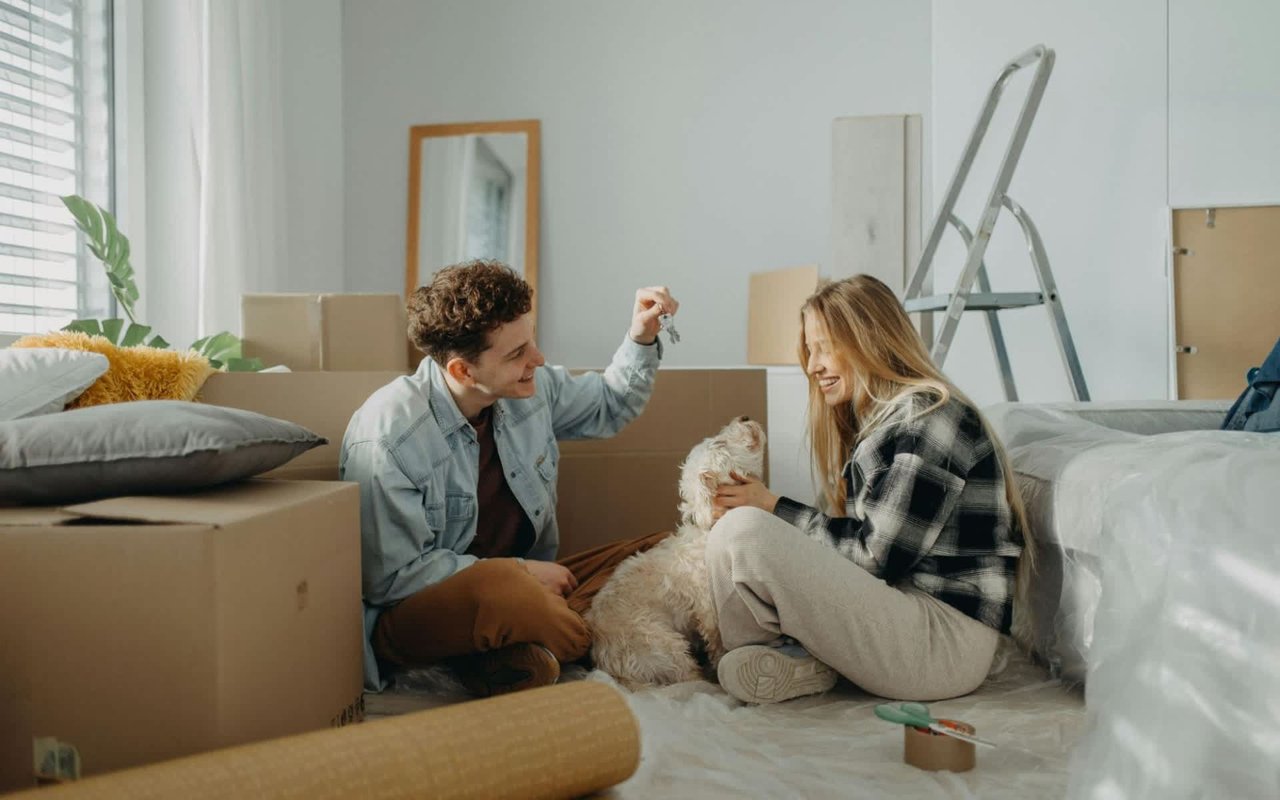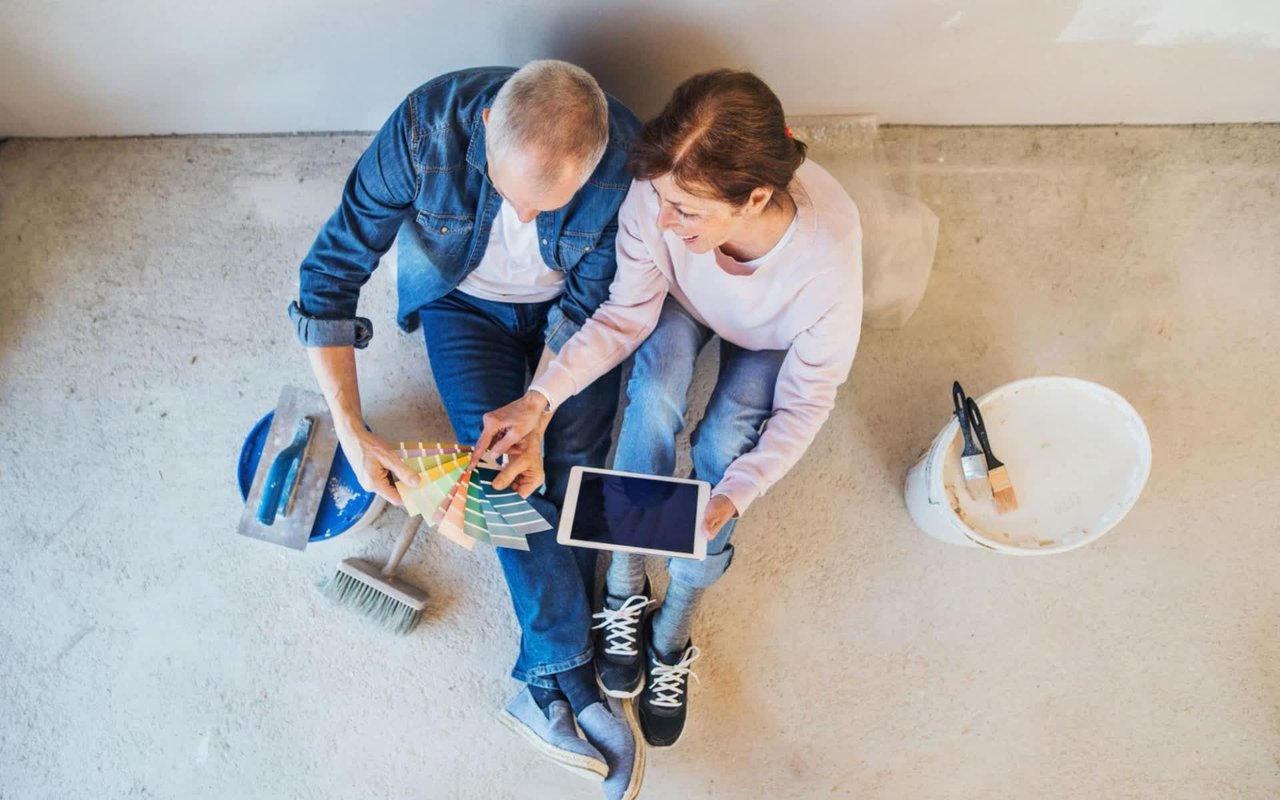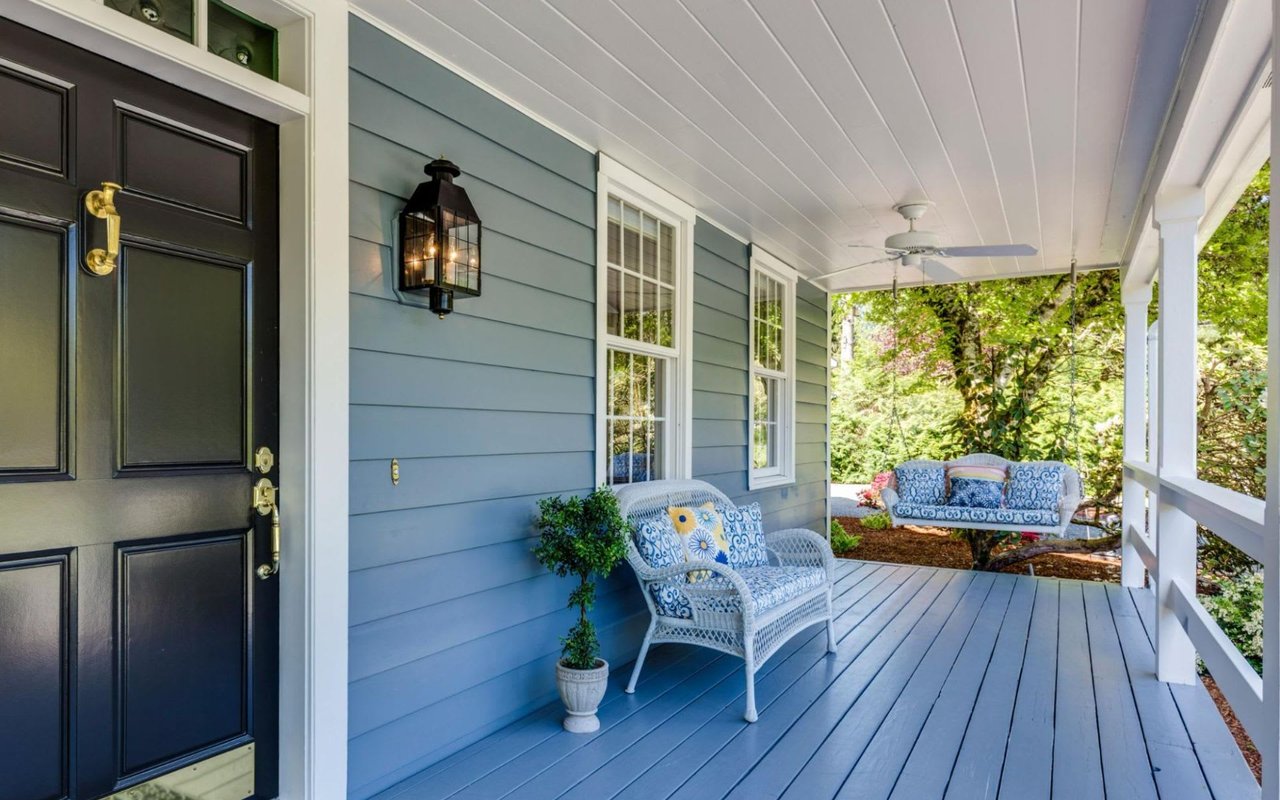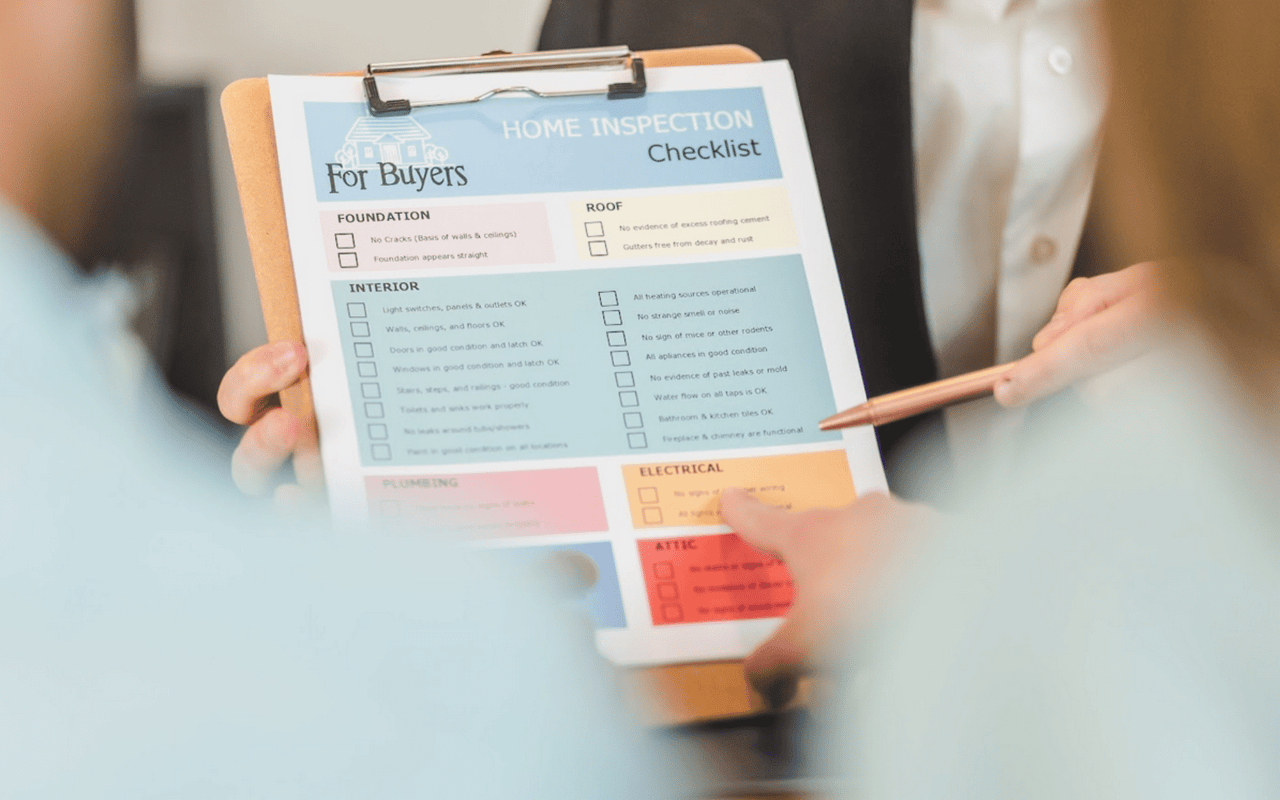Moving can be a stressful experience for everyone involved, including your pets. Animals are sensitive to changes in their environment, and the process of packing, transporting, and settling into a new home can be overwhelming for them. However, with proper planning and thoughtful care, you can make the transition smoother and less stressful for your furry companions. Whether you're moving across town or across the country, here are some tips to help make the move as comfortable as possible for your pets.
1. Prepare Your Pet for the Move
Before moving day arrives, it’s important to prepare your pet for the upcoming changes. The unfamiliar sounds, sights, and activity during the move can cause anxiety for your pet, so taking steps to ease them into the transition is essential.
Gradual Introduction to Packing
Pets can become stressed as they see boxes piling up and furniture being moved. To minimize their anxiety, start packing gradually over time rather than all at once. Allow your pet to explore the packing materials and get used to the new objects in the house. This gradual process will help them acclimate to the changes without feeling overwhelmed.
Stick to Routines
Pets thrive on routine, and maintaining their regular schedule as much as possible during the moving process can help reduce stress. Stick to their normal feeding times, walks, and play sessions. This consistency provides them with a sense of security even as the environment around them changes.
2. Create a Safe Space for Moving Day
On the day of the move, the commotion of movers, boxes, and unfamiliar sounds can be overwhelming for pets. It's best to create a safe, quiet space where your pet can stay during the most hectic parts of the move.
Keep Pets in a Quiet Room
Designate one room in the house as a "safe zone" for your pet on moving day. Place their bed, toys, food, water, and litter box (if applicable) in the room to make them comfortable. Keep the door closed and post a sign to ensure movers or family members don’t accidentally let your pet out. This safe space will help keep your pet calm and prevent them from getting lost or hurt during the chaos.
Consider Boarding or Pet Sitters
If your pet is particularly anxious or if you’re dealing with a long-distance move, consider boarding your pet at a trusted facility or having them stay with a friend or family member. This will ensure your pet is in a safe and familiar environment while you handle the logistics of the move.
3. Plan Pet Transportation
Transporting your pet to your new home requires special care to ensure their safety and comfort. Whether you’re moving by car or plane, take time to plan how your pet will travel and make the necessary preparations.
For Car Travel
If your pet is traveling by car, ensure they are secured in a crate or pet carrier for safety. Pets should never roam freely in the car, as this can be dangerous for both them and the driver. Make sure the crate or carrier is large enough for your pet to stand, turn around, and lie down comfortably.
Plan for regular breaks during the trip, especially if you're traveling long distances. Take time to let your dog stretch their legs, relieve themselves, and drink water. For cats, it’s best to keep them in their carriers, but you can offer them water during rest stops.
Plan for regular breaks during the trip, especially if you're traveling long distances. Take time to let your dog stretch their legs, relieve themselves, and drink water. For cats, it’s best to keep them in their carriers, but you can offer them water during rest stops.
For Air Travel
If your pet is traveling by plane, make sure to check the airline’s pet policies well in advance. Some airlines allow small pets to travel in the cabin, while larger pets may need to be transported in the cargo hold. Be sure to book a direct flight if possible, as layovers can be stressful for pets.
It’s also a good idea to acclimate your pet to their travel carrier in the weeks leading up to the flight. Let them spend time in the carrier with the door open so they can get used to it as a safe space.
It’s also a good idea to acclimate your pet to their travel carrier in the weeks leading up to the flight. Let them spend time in the carrier with the door open so they can get used to it as a safe space.
4. Help Your Pet Settle Into the New Home
After the move, it’s important to help your pet adjust to their new environment. Just like humans, pets need time to explore and become comfortable in their new home.
Introduce One Room at a Time
When you arrive at your new home, introduce your pet to one room at a time. Start with a quiet space where they can have their bed, toys, and familiar items. Gradually allow them to explore the rest of the house at their own pace. This helps prevent them from feeling overwhelmed by too much change at once.
Maintain Familiar Scents
Bring familiar items from your old home, such as their bed, blankets, or toys, to your new house. Having familiar scents around will help your pet feel more secure in the new space. Avoid washing these items immediately after the move, as their scent will be comforting to your pet during the adjustment period.
5. Update Identification and Pet Records
Once you’ve settled into your new home, make sure all of your pet’s information is updated to reflect your new address.
Update Microchip and ID Tags
If your pet has a microchip, contact the microchip company to update your contact information with your new address and phone number. Additionally, update your pet’s ID tags to include your new address and phone number in case they get lost.
Find a New Veterinarian
Research local veterinarians in your new area and transfer your pet’s medical records to their new vet. It’s important to establish care with a new veterinarian as soon as possible, especially if your pet has ongoing health needs or requires regular check-ups.
Make the Move Easier for You and Your Pets
Moving with pets requires extra planning and care, but by following these tips, you can help minimize their stress and ensure a smooth transition. From preparing for the move to helping them settle into their new home, your pet will appreciate the effort you put into making them feel safe and comfortable.
For expert assistance with buying or selling property in Lake Highlands, reach out to The B·A·R Group. Their team can guide you through every step of the real estate process, helping you and your pets find the perfect home. Browse Lake Highlands houses for sale today!
For expert assistance with buying or selling property in Lake Highlands, reach out to The B·A·R Group. Their team can guide you through every step of the real estate process, helping you and your pets find the perfect home. Browse Lake Highlands houses for sale today!
















































